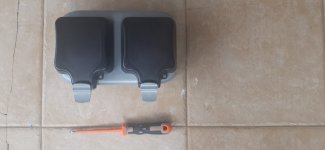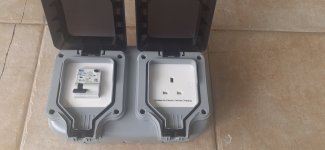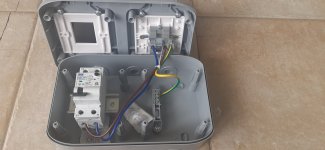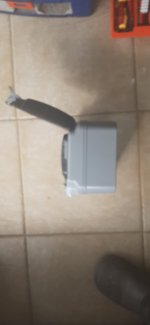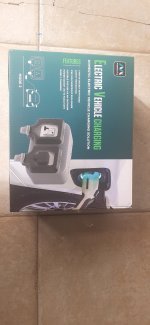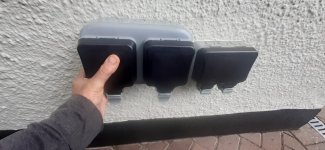My vague recollection is that when you are standing outside you may become the route to earth if the earth wire has fault on it.
Most outdoor power tools are OK because they are double insulated. But a car (and maybe cookers) are not, so if you are really unlucky you may not be protected without PEN protection.
It would be good if someone who knows for sure could confirm or correct this.
Your statements are correct but you are confusing two different fault scenarios.. a class 1 appliance such as a car or cooker is indeed relying on a connected path to earth for touch protection, in case of a fault and if that earth connection is broken then there is a high risk of electrocution, amplified outside by means of wetness and less resistance to earth by touch. But that is not a PEN fault, its an earthing fault.
A PEN fault only applies to TNCS earthing systems (whereby the incoming supply neutral is connected to earth, usually somewhere near the mains fuse, and known as PME or protected multiple earthing). You will be able to see a sturdy earth wire coming from the mains head and terminated at an earth block somewhere, called a MET main earth terminal.
However if the supply neutral is broken somewhere in the street or overhead wires (but not the incoming Line or power wire) the path back to true earth is disconnected from the neutral downstream and the power therefore transfers instead to the circuit protective earth wires, as they are connected to the neutral near the fusebox. If an appliance is switched on, the power always goes back down the neutral; no neutral so no return to earth - so back it goes thru the fusebox neutral connection to all the earthed appliances. Ouch!
That is why with a TT earthing system (earth rod) with no neutral connection a PEN fault will be much safer and initially this was the only accepted practice for an EVSE installation. If in doubt, fit a local earth rod for the evse, this is hardwired to earth if you like and must be separated from the household earth.
There is also a common alternative called TNS earthing whereby the earth is provided by the casing of the incoming mains cable and you may be able to see that connection, usually covered in tar just before the mains head. This also is safer than tncs.
Best described with diagrams, so hope I havent confused you all! I am a domestic electrician, now retired.
